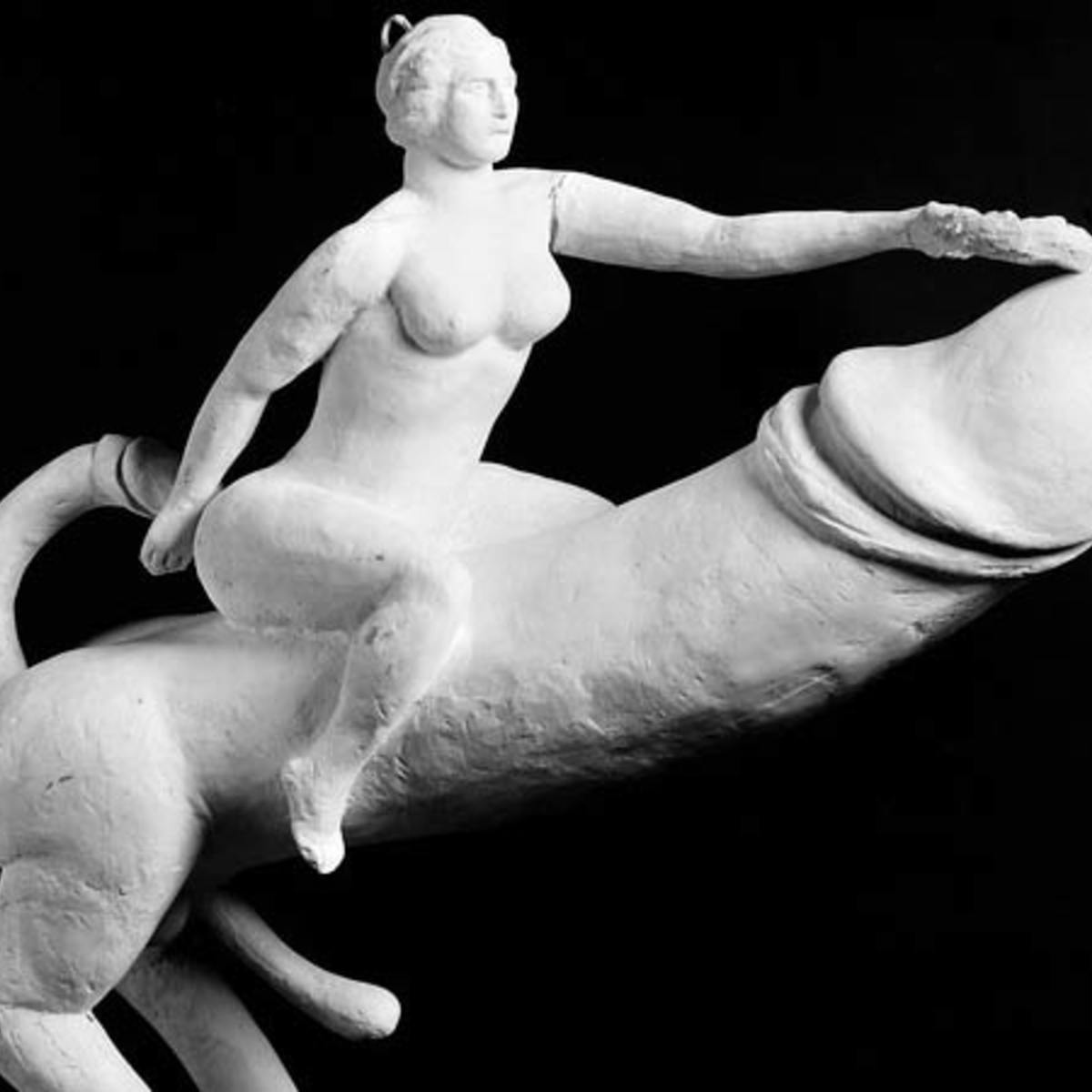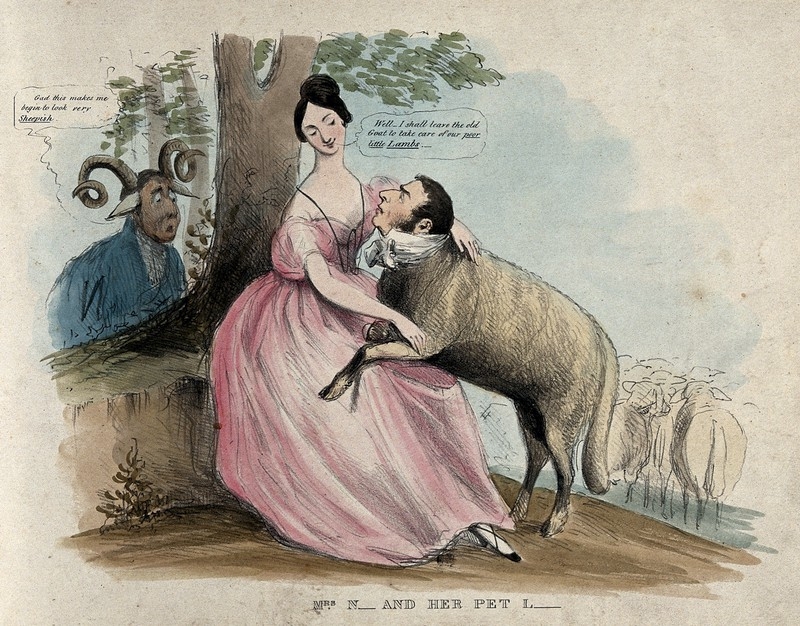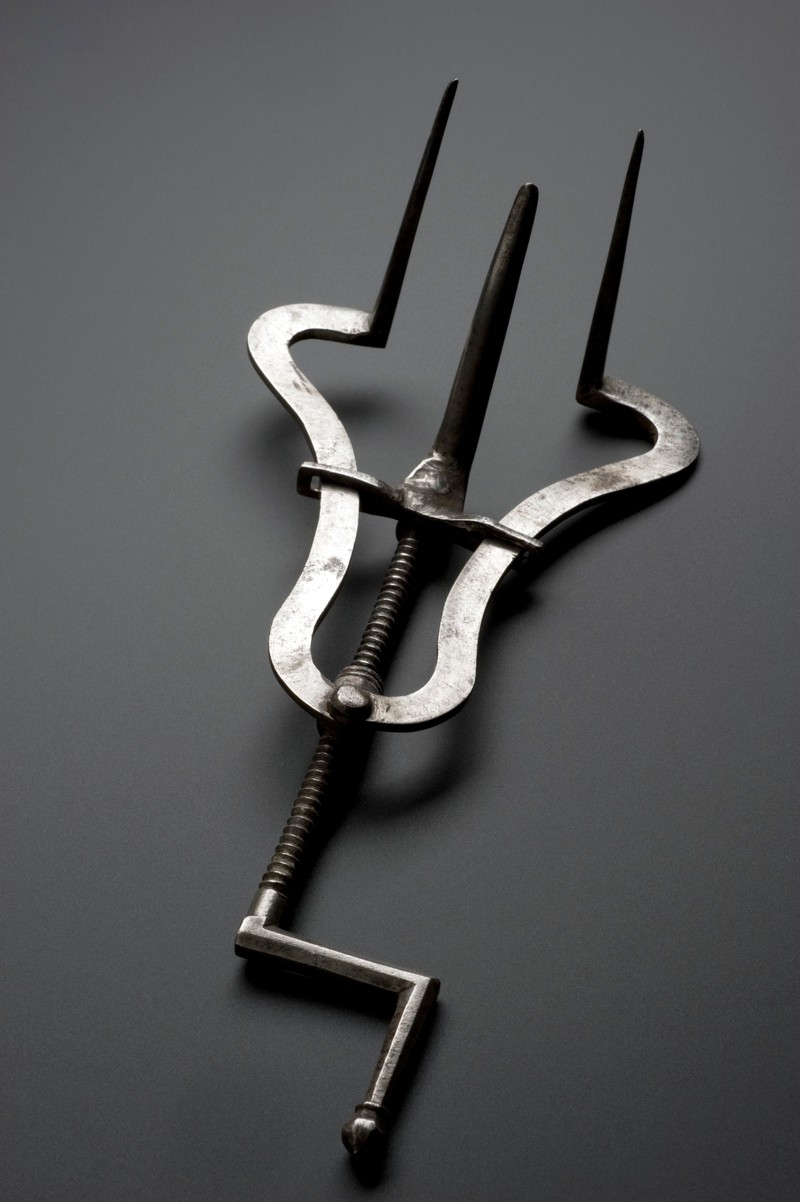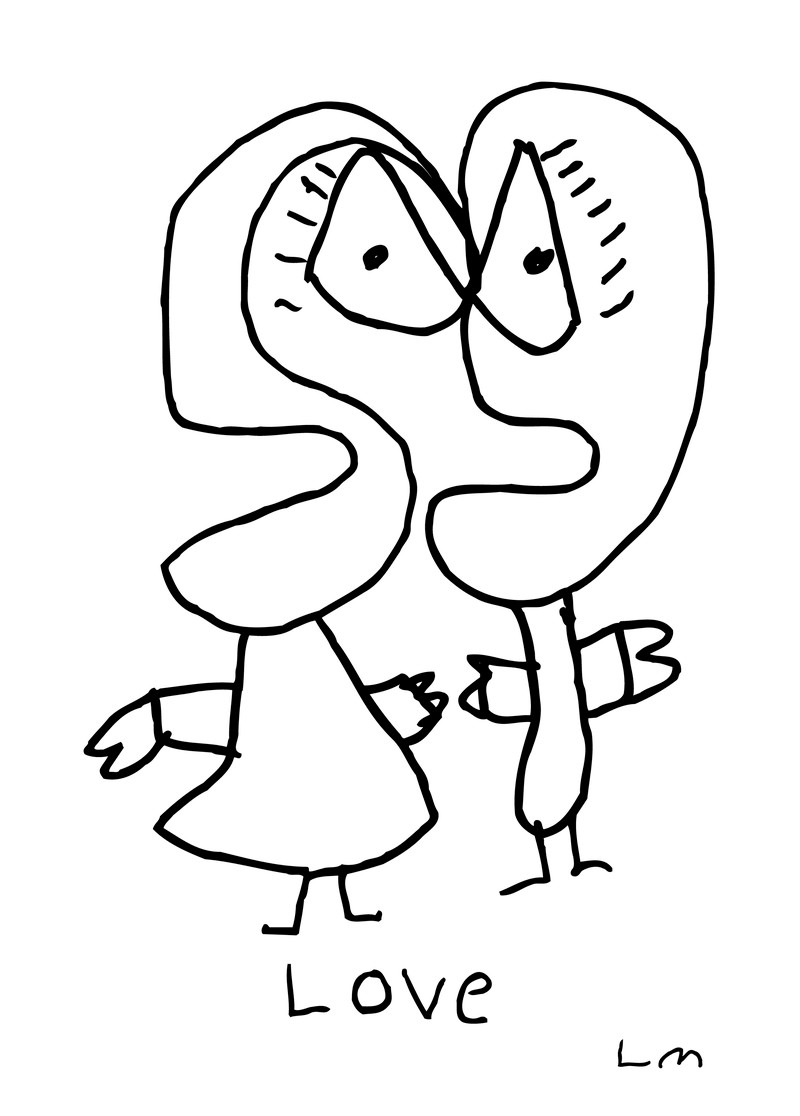Nymphomania has traditionally been defined as an increased and therefore disturbing sexual drive. It was thought of as a serious medical condition particularly affecting women, who were often given damaging treatments to cure them. These days, the concept has morphed into the term hypersexuality.
Alfred Charles Kinsey once said that a nymphomaniac is “someone who has more sex than you do”, and Kinsey was a man who knew what he was talking about.
Having collected data on human sexuality for over a decade, he released a book called ‘Sexual Behaviour in the Human Female’ in 1953. Among other things, Kinsey claimed that female masturbation was normal, that vaginal orgasms were not the norm and that women were as capable of sexual desire as a man; all claims that went against accepted medical lore at the time.
The book soon became a bestseller but not everyone was a fan. Margaret Mead claimed that Kinsey had so medicalised sex that the book “suggests no way of choosing between a woman and a sheep”, and the ensuing public outrage ended Kinsey’s research.
Causes, signs and treatments of nymphomania in women
Kinsey may have been making light of nymphomania, but a century earlier it was considered a serious medical disorder. The word nymphomania was first printed in English in 1802 and at the time it was recognised as a fairly common female disorder.
Originating from Latin, nymphomania literally means ‘nymph madness’. It was understood by both doctors and patients that strong sexual desire in a woman for her husband or, more worryingly, for a man to whom she was not married, could be indicative of disease. A woman suffering from nymphomania could expect to find herself sliding into madness, organ failure and even death.
Causes for nymphomania varied. As women were considered to be at the mercy of their bodies, nymphomania could be due to drinking brandy, reading too many books, feeling desire for another woman, being inspected by a speculum, divorce and even frigidity. Treatment for nymphomania included cold enemas and baths, bland food, bleeding, leeches and even drastic and irreversible surgical options.
MORE: Male masturbation’s chequered past, characterised by shame and disapproval
Satyriasis: the male equivalent of nymphomania
While nymphomania was a gendered disorder, men were not immune. The male equivalent, satyriasis, had been around since ancient Greece. It was also known as Don Juan syndrome in the 1900s.
Through the ages it was accepted that men could suffer from excessive sexual desire and ‘love madness’, but by the Victorian era it had morphed into an entirely different sort of beast.
While men were expected to have a strong sex drive, and were allowed outlets for that drive, it was believed that excessive sexual behaviour would diminish a man mentally and morally.
Masculinity became synonymous with self-control, and a man who was unable to do so was considered effeminate, weak and lazy. In serious cases satyriasis could lead to rape, murder or the death of the patient. Jack the Ripper was believed to be motivated by satyriasis.
The evolution of nymphomania
Prior to the 18th century, nymphomania was a virtually unknown disorder. This may have been as men and women’s bodies were thought of quite differently. For most of human history, men and women were considered to share the one body (with a woman being an inverted version of the man) so it didn’t seem strange to anyone that a woman could be as lusty as a man.
In ancient Greece the prophet Tiresias even claimed that women were able to experience pleasure nine times greater than a man!
By the time of Charles Darwin in 1871 things had changed dramatically. Now it was believed that natural selection had made it so the only things a woman lusted after was a respectable marriage and babies.
Another consequence of the changing nature of female sexuality was the rise of rape and ravishment in romantic literature from the 1700s. Rape had always been present in literature, but for a long time it was presented as a crime of passion, with the victims of rape secretly enjoying their violation.
As the female libido slowly disappeared from society, so attitudes on rape had to change as well. Instead of being a mutually enjoyable event, rape instead became a short cut to love, the means for a woman to overcome her own natural inhibitions in order to tame an uncivilised man.
These ‘forced seduction’ romantic stories remained common until the 1980s, when they eventually fell out of favour. You still see similar themes, of the dominant male and reluctant female, in contemporary works such as ‘Troy’ and ‘50 Shades of Grey’.
Nymphomania also fell out of favour in the 20th century, with people such as Magnus Hirschfeld, Marie Stopes and Masters and Johnson claiming that female sexual desire was a normal part of human sexuality.
Hypersexuality and sex addiction
As a disorder, it was finally removed from the American Psychiatric Association’s Diagnostic and Statistical Manual of Mental Disorders (DSM) in 1980. These days we don’t talk about nymphomania or satyriasis, instead we speak of sex addiction or hypersexuality.
In the last ten years, many politicians, and celebrities such as Russell Brand and David Duchovny, have sought treatment for sex addiction. Yet while hypersexual disorder has been considered for inclusion in the DSM, many medical professionals and scientists doubt the disorder really exists.
About the author
Taryn Cain
Taryn Cain is a Visitor Experience Assistant at Wellcome Collection.




